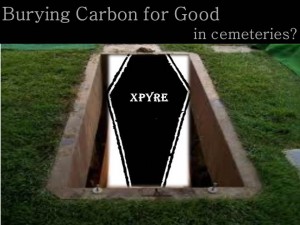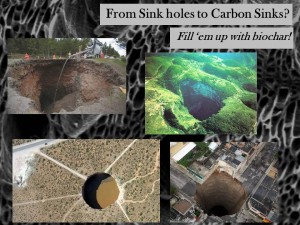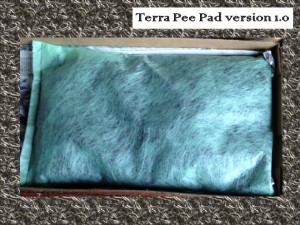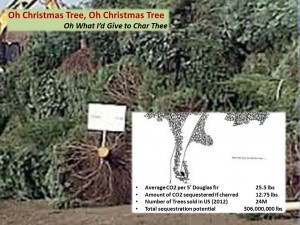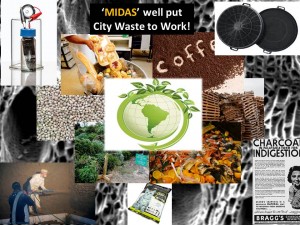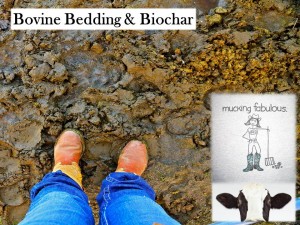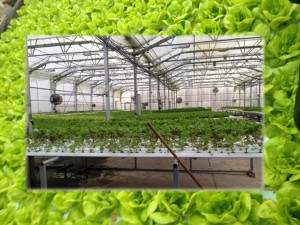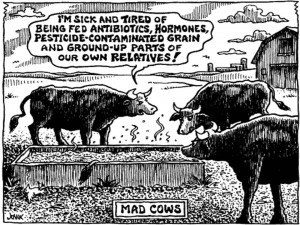Don’t ask me how this latest use for biochar popped in to my head. I suspect it was a combination of reading this article on the Ithaka Journal which talks about how a dead rat was buried in charcoal and decomposed with nary an odor plus thinking about sink holes plus thinking about one of my favorite profs at grad school who is launching a green burial business in Texas. Regardless of how this somewhat morbid notion found its way in to my brain, I think I may have unearthed a way to make burials greener than ever before.
Green burials, for those that have not heard the term, are all about taking the nasty chemicals and non-biodegradable materials out of the current burial traditions commonly practiced in some westernized societies. Little did I know just how much wood, steel, concrete and embalming fluids are used, suffice to say heaps!
Rest peacefully dear reader, I am not going to suggest we bury our recently departed brethren in a cigar box filled with biochar as the researchers did in 1853. What could be really novel and much, much better for the environment though, would be to replace burial vaults (a concrete tomb the caskets go in to prevent cave-ins after the caskets have disintigrated) out of biochar. Crazy? Not completely, especially when you consider an entire house has already been built with biochar. Just think how much happier the soil critters would be with biochar buried deep in their midst instead of concrete.
Why stop with burial vaults when caskets could also be molded out of biochar too (imagine the ‘xPyre’ model!). In traditional cemeteries the mausoleums and headstones could even be made out of biochar saving all that granite, marble and cement for more animated uses.
And just to lay to rest any lingering concerns you might have, some researchers believe that the ancient civilizations that created the original Terra Preta soils, may have entombed their dead in charcoal leading to the creation of ‘necrosoils’. (sounds like something in a bad video game). Everything old can be new again!
So green burial industry, perhaps it is time to get started exploring how biochar can make your industry even greener by burying carbon for good!

